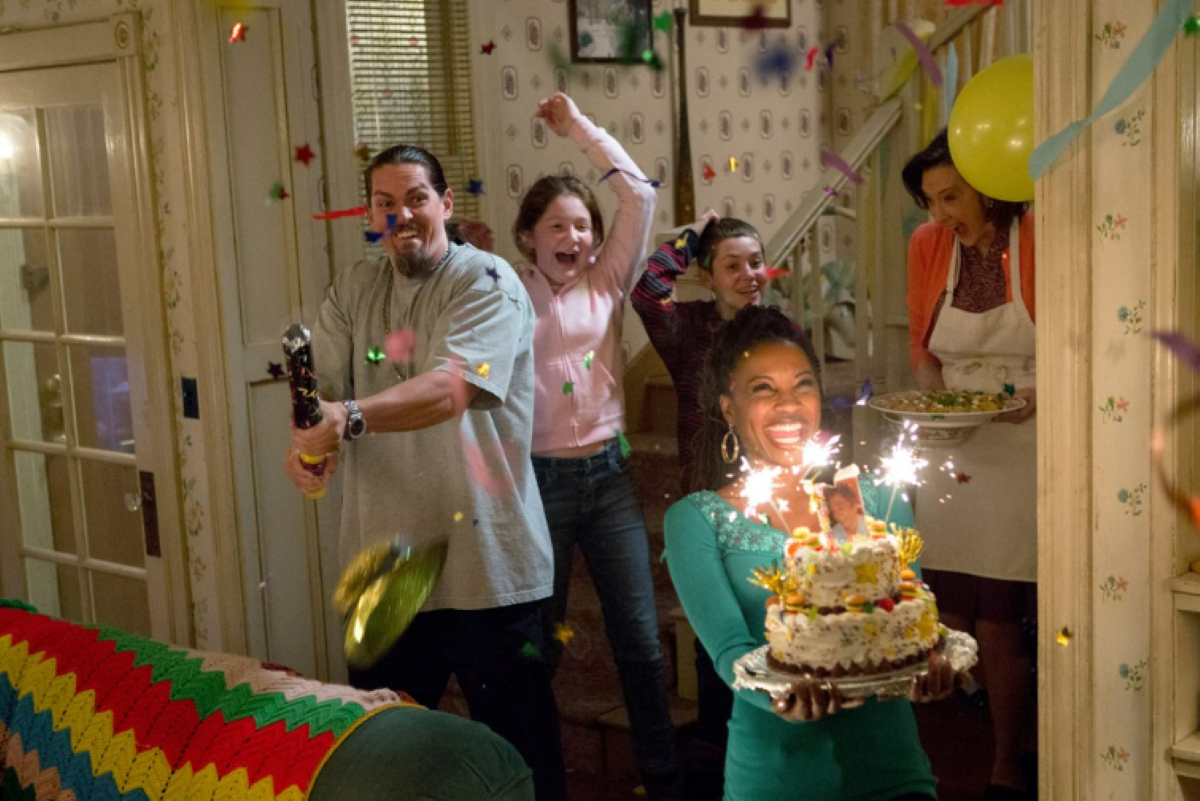 MCT
MCTThe wonderful thing about attending school in a state where drinking, especially drinking beer, is socially expected, is that there are plenty of opportunities right in our backyards to explore the beer and beer making culture of our state.
Case-in-point – the Jacob Leinenkugel Brewing Company in Chippewa Falls.
For the small cost of about two hours of your time and a couple gallons of gas, you can explore the rich, complex history of the Leinenkugel Brewing Company, which has been in the Leinenkugel family for five generations, and have the opportunity to sample any of their seven year-round brews or the seasonal brew on tap – assuming you’re of age of course. And the best part – it costs nothing.
What can be better than having something to do for two hours and get free beer (decent craft beer, none of this mass-produced, flavorless, served-well-in-a-plastic-cup-from-a-keg-but-not-in-a-pint beer) at the same time? All you have to do to reap your award of two 7 oz samples is take the roughly hour-long tour of the 140-year-old brewery. That simple, and hey, you might even learn a thing or two about the Leinenkugel family and beer it creates.
The history
The slogan written on one of Leinenkugel’s pamphlets reads, “So much history you can taste it,” and that is evident from the very beginning of the tour. As we walked out of the newly created Leinie Lodge, the extremely knowledgeable tour guide chatted up the group as it crossed over Duncan Creek, a tributary of the Chippewa River, before stopping in front of 130-year-old buildings, including the more than 100-year-old, though newly expanded, four-story brew house.
My tour guide successfully supplemented his historical monologue with photographs of the brewery’s founder, Jacob Leinenkugel, and his wife, Josephine.
Jacob Leinenkugel and his wife settled in Chippewa Falls in the late 1860s. Jacob, partnered with friend John Miller – no relation to Frederick Miller of the Miller Brewing Company, though the Miller Brewing Company now owns 49 percent of Leinie’s – to start brewing the Leinenkugel German beer recipe under the name Spring Brewery. The year was 1867, making Leinenkugel the seventh oldest brewery in the United States.
It wasn’t until Miller, the distributor in the partnership, sold his share to Leinenkugel that the brewery officially became the Jacob Leinenkugel Brewing Company.
The guide then took the tour past century-old buildings to show the massive malt tanks and the oldest building on the complex, the spring house. The spring house is where the water used to be pulled to make the beer from the beginning – now done from the city of Chippewa Falls – over 140 years ago.
From there, the tour headed inside the brew house to the fourth floor where the guide explained the simple, yet complex, method of brewing beer at Leinenkugel’s.
Most of the ingredients Leinenkugel’s uses to produce its beer come locally, from the water to the wheat, barley and specialty malts used. A large exception to the trend is the hops, which the brewery gets from a family farm in Washington state. The guide mentioned that hops were a major cash crop in Wisconsin and much of the Midwest until the crops were wiped out, leaving the only areas able to produce hops the Pacific-Northwest.
Leinie’s goes great distances to decrease consumption of products, reusing yeast up to 12 times before there is nothing left to ferment the beer, as well as reusing water and having a local farmer take away the mash, or used malts, to use as feed for his cattle.
The guide knew everything about the family, each beer brewed and the brewery itself, down to the year each piece of equipment came on line. He even had a grasp of the nation’s beer history.
He mentioned that Leinie’s, though hit hard financially because of prohibition, succeeded after the repeal of the constitutional amendment banning liquor. He mentioned that the brewery switched over to producing sodas, which didn’t sell well but kept the machines in working order, where as other breweries stopped production all-together during prohibition. Those breweries struggled restarting because their machines sat unused for too many years.
Among his knowledge, the guide spiced up the tour with a good sense of humor, poking fun at everything from the Leinenkugel family, to the typical Wisconsin beer drinker and even himself. A notable example came when he informed the group that the most vital part of making beer is the water and that water makes up about 95 percent of beer. He said he often tells groups that people are encouraged to drink eight 8 oz glasses of water each day, so drinking nine 12 oz bottles of Leinie’s each day has roughly the same amount of water.
The tour ends in the warehouse, where pallets upon pallets holding cases upon cases of each flavor of beer sit, ready to be sent to retailers.
To learn more about the rest of the 30-day brewing process, and the interesting factoids that I forgot to mention, you’ll have to go see for yourself.
Now, on to the reward.
The beers
Leinenkugel’s sells 11 different year-round and seasonal brews, plus will be releasing, for a limited time its Northwood’s Lager, which it had previously retired. It is set to hit store shelves next week and the tour guide said he doesn’t expect it to stay there for very long.
As for the remaining beers, there are seven year-round brews: Original, Light, Honey Weiss, Berry Weiss, Sunset Wheat, Creamy Dark and Red. The brewery also serves whichever seasonal beer is being brewed at the time, currently it is the Big Butt Dopplebock.
On the tour I tried Sunset Wheat, Creamy Dark, Big Butt and Red; since I had a companion with me we shared our samples. Out of the ones I tried I would have to say that Leinenkugel’s darker beers are far better than their lighter brews, particularly the Big Butt.
The Big Butt Dopplebock, made with Munich chocolate, caramel malts and a simple mixture of hops, has a very rich, dark brown appearance. The body of the beer, though full, isn’t quite as full as the appearance initially suggests and the finish is smooth with a slight hint of hop to it. It definitely is not as sweet as Leinie’s other beers, such as the Berry Weiss, Honey Weiss or even the citrus Sunset Wheat, which I found disappointing because the citrus flavor overpowers the wheat flavor, and I enjoy wheat beers. However, the Big Butt doesn’t have the high hop flavor (the bitter “beer” taste) as a good porter or stout, which makes it ideal for the non-dark beer drinker.
The Creamy Dark Lager follows a somewhat similar profile as the Dopplebock but is a year-round brew. The appearance is dark and the body somewhat full, but again, not as full as the appearance suggests. The finish is smoother than the Dopplebock and has even less of a hop flavor during the finish, which the tour guide said is done by using corn meal in the brewing process to nullify the bitterness of the hops. Again, this is another good brew for those afraid to try darker appearing beers.
The other beers didn’t leave a lasting impression on me, so I’ll spare the details.
One thing is for sure, Leinenkugel’s won’t have any trouble expanding from it’s spot as the No. 4 best selling craft brewery in the country to the No. 2 spot, which it anticipates after last year’s sales are released next month. It also won’t have a problem expanding its distribution from the 42 states it serves to the entire lower 48 states, again which they plan to have happen by the end of the year.
Overall, the Leinie’s experience is a must for all students before leaving the Chippewa Valley for good. It’s informative, interesting and most importantly, free. And don’t forget those two free samples of handcrafted beer.
Dostalek is a senior print journalism major and news editor of The Spectator.





